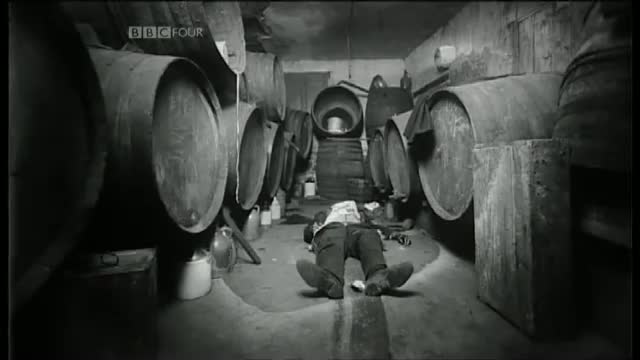This is the first in a six-part series of BBC documentaries tracing the evolution and the various uses of photography, and how it has changed the way we see the world.
The camera obscura, where the light of the outside world can be reflected in a darkened room, was known for centuries, but how to fix the reflections that then appeared was was not.
Two separate techniques were discovered in the same year, 1839, by Louis Daguerre in France, and by Henry Talbot in England. The first was metal-based, and gave rise to the Daguerrotype; the second was paper-based and eventually gave rise to the Kodak.
After an introduction which traces the the invention of these processes we move into some of the wonderful early examples of the technique.
There were two streams in the art, which persist to this day, the first saw photography as an art form, and wanted to establish it along with the other fine arts; the second, the vernacular, was more concerned, in various ways, with just aiding the memory.
The curious thing is that some of the finest photography from the early period is when those trying to do the latter accidentally, as it were, managed to produce the former.
if the video does not appear on the page, try reloading the page; and if that doesn’t work, leave a comment so I can update the page (the comment is not published)
Some Stills from the Documentary






